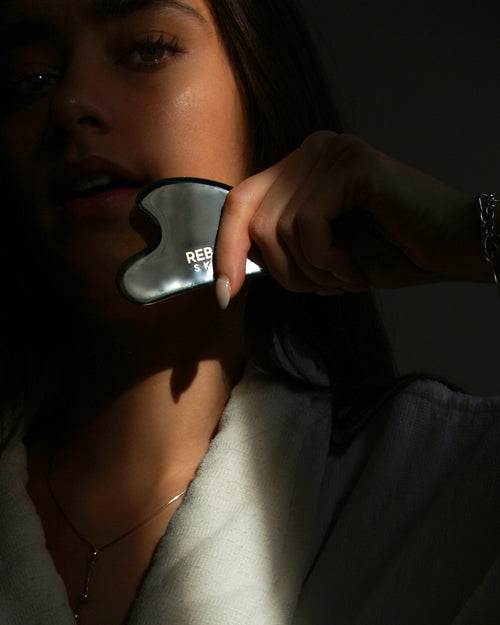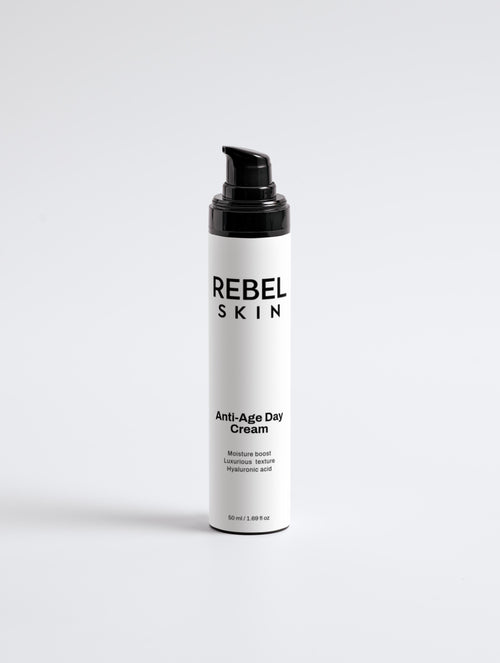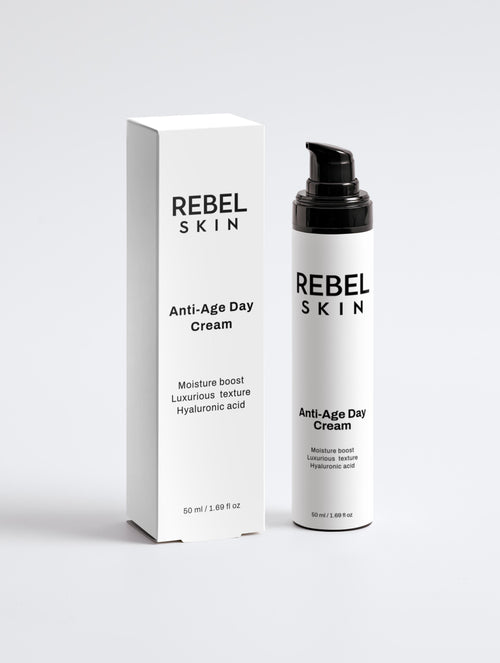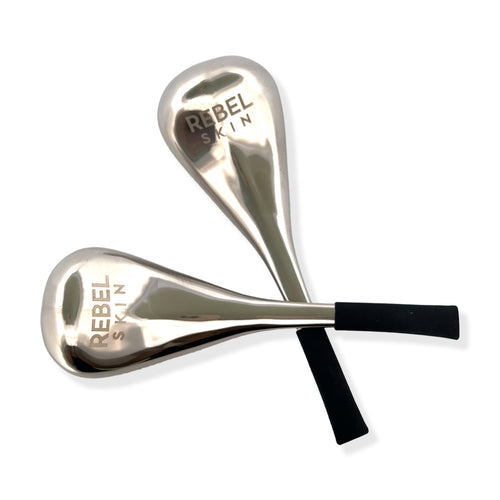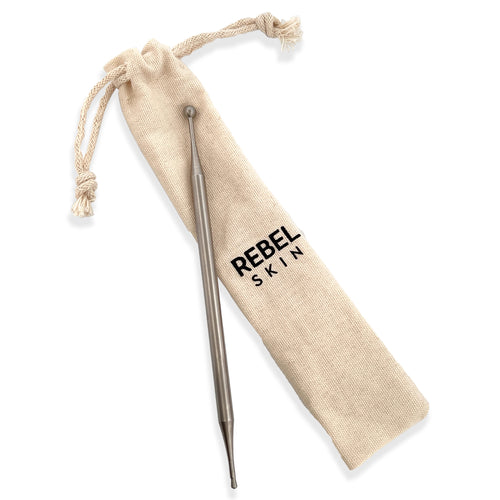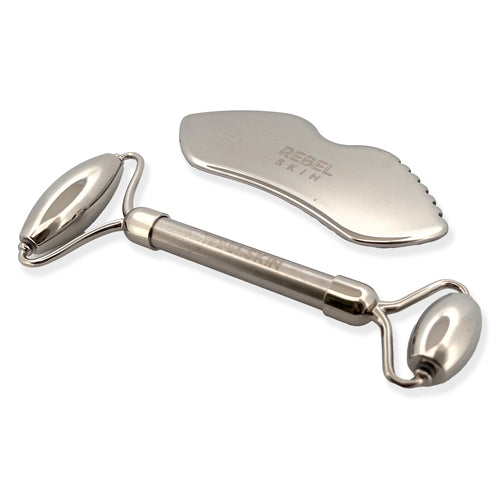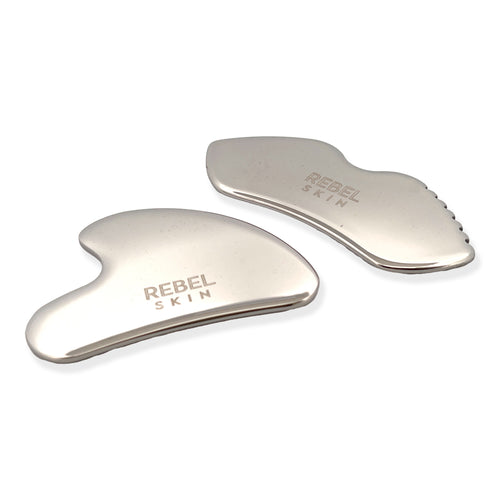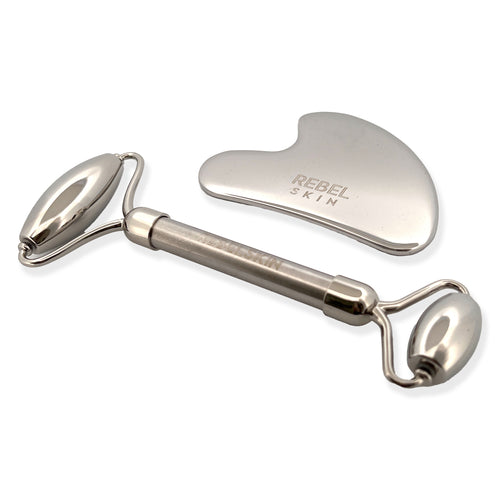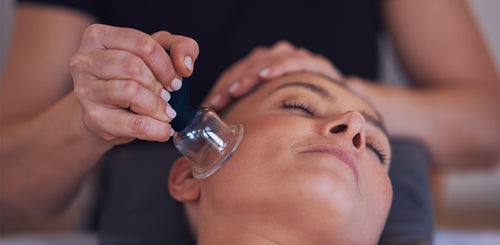When it comes to aging, the common belief is that the condition of the skin is the primary factor contributing to an old facial appearance. People think that to eliminate wrinkles and sagging skin, skin treatments are the only solutions. But is that entirely accurate?
Researchers have found out that the main culprits behind aging are not just wrinkles but rather, the loss of facial volume and the sagging that occurs as we grow older.
We're not merely discussing sagging skin here, the real antagonist of your youthful look is the sagging of facial muscles. But why does my face look aged? The skin, being the largest organ of our body and our exterior surface, is naturally where we first search for answers to our aging looks. However, the reality is a lot more complex than what meets the eye. Beneath the skin lie bones, muscles, and fat that all play a role in shaping our facial features and determine our aging process. The skin is closely attached to the muscles underneath and will always accompany their movements. This means, for instance, if our muscles begin to sag, our skin will follow suit. The most effective way to prevent volume loss in the cheeks, reduce double chin, and smooth out wrinkles is by maintaining the strength and tone of our facial muscles. Hence, we emphasize incorporating facial workouts into your daily beauty regimen.
Let's delve deeper into our facial structure today, shall we? Understanding how your face is structured will enlighten you about how face yoga contributes to a youthful and rejuvenated appearance.
Taking a peak under our skin at our bones, muscles and fat will give us a better understanding of why our skin starts to sag with age.
As we age past 35, the bone regenerating cells in our face begins to diminish. Consequently, the bone structure around our eyes expands, leading to the appearance of hollow eyes and flattened cheeks. The central facial bones and jaw also start to deteriorate and shift backward and downward. These changes contribute to a weakened bone structure, causing our fat, muscles, and skin to sag.
We possess over 50 muscles in our face and neck that are often left unused. Over time, these muscles atrophy, losing their form and decreasing in size. Inactive muscles are more susceptible to the effects of gravity, resulting in sagging tissue and skin. If a muscle is atrophied, the sagging occurs more rapidly and severely impacts one's appearance. Aside from the gravitational effects and sagging, muscle tension also influences our appearance. Intense emotions and facial expressions can lead to muscle fatigue and wrinkle formation. Moreover, muscle tension can cause a puffy appearance due to obstructed lymph flow and poor blood circulation.
Fat pads are present throughout our faces, situated between our muscles and skin. As children, we have a higher amount of facial fat, which decreases as we age. The presence of these fat pads contributes to the youthful "chubby cheeks" appearance. Fat pads provide volume to the face and prevent skin wrinkling, but once diminished, wrinkles begin to form.
Lastly, our skin experiences changes as we age. With reduced blood circulation, oxygen, and nutrients, the skin gradually loses its elasticity and tone. Wrinkling and sagging occur due to three primary factors:
- Collagen and elastin production decreases because of insufficient blood circulation, which prevents cells from functioning optimally and receiving adequate oxygen and nutrients.
- The skin is connected to the muscle and follows its movements; if the muscle loses volume, the skin has no support and starts to wrinkle.
- The loss of fat, which once served as a filler between muscles and skin. These factors lead to the skin appearing dull, wrinkled, and saggy.
What are some ways to counteract the effects of aging and REBEL against gravity?
Increasing Bone Density
Focusing on bone density, slowing down the process of bone degeneration is possible through the intake of certain nutrients from our diet and supplements, including calcium, magnesium, zinc, vitamin D, and hydro-collagen. Maintaining oral hygiene is also crucial for maintaining a healthy jawbone. One key method for increasing bone density is through (facial) exercises - these boost blood flow and strengthen your (facial) muscles.
Maintaining a healthy Weight
It is recommended to maintain a healthy weight. It is always about balance.
Promote Healthy Skin
Enhance the texture of your skin by maintaining a healthy diet and incorporating dietary supplements. Hydro-collagen, probiotics, and organic silica all serve as beneficial options. It's also important to shield your skin from harmful sun rays and environmental pollutants by deeply nourishing and hydrating the epidermis with natural serums and creams, aided by various massage techniques.
When muscles are activated, they receive higher blood circulation, promoting lifting and toning, thereby effectively combating the effects of gravity.
Training our facial muscles intensifies their volume, effectively replacing the "lost" facial fat and making the face appear fuller. It provides a platform for the skin to smooth out wrinkles, analogous to how a balloon appears when it is half inflated. Just as a lack of air in a balloon leads to wrinkles across its surface, a lack of facial yoga can lead to a similar effect.
Finally, facial exercises can significantly boost blood circulation, transporting more nutrients and oxygen to the muscles, skin, brain, and internal glands. This increases collagen and elastin production, aids cells in toxin elimination, and ultimately results in healthier, clearer skin.

